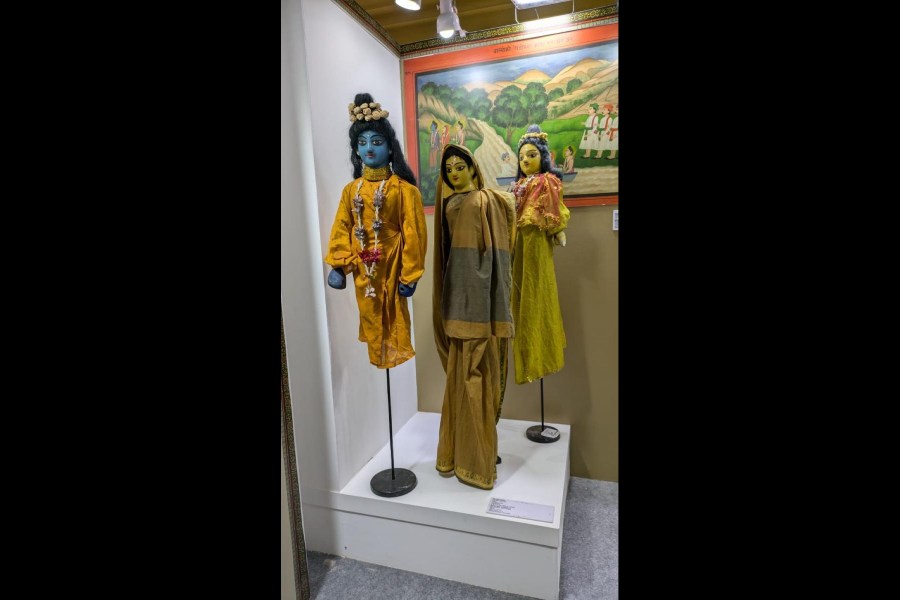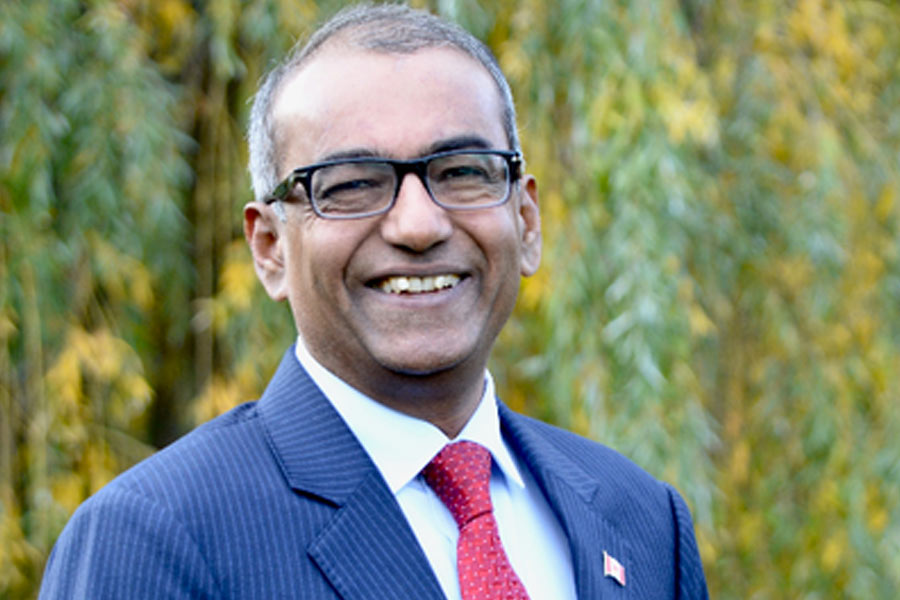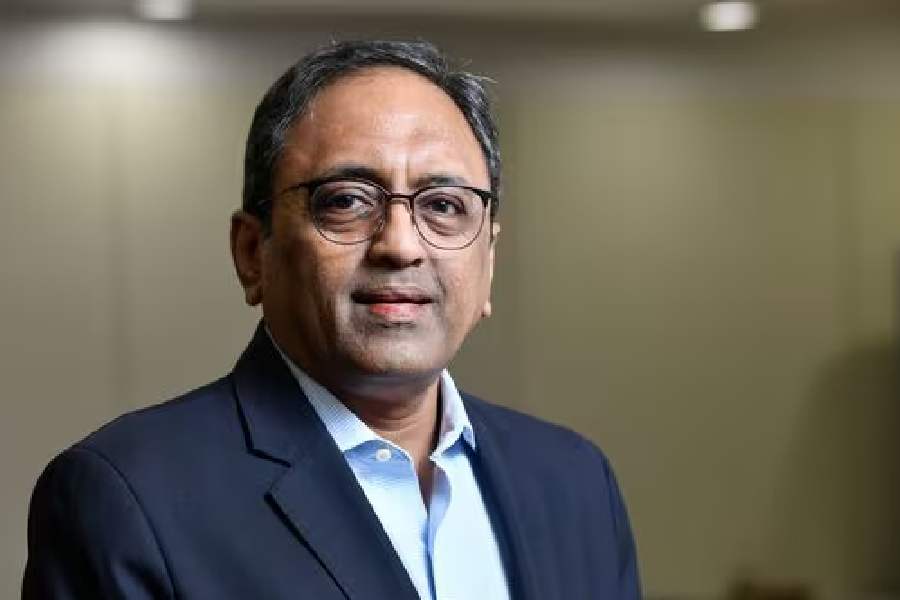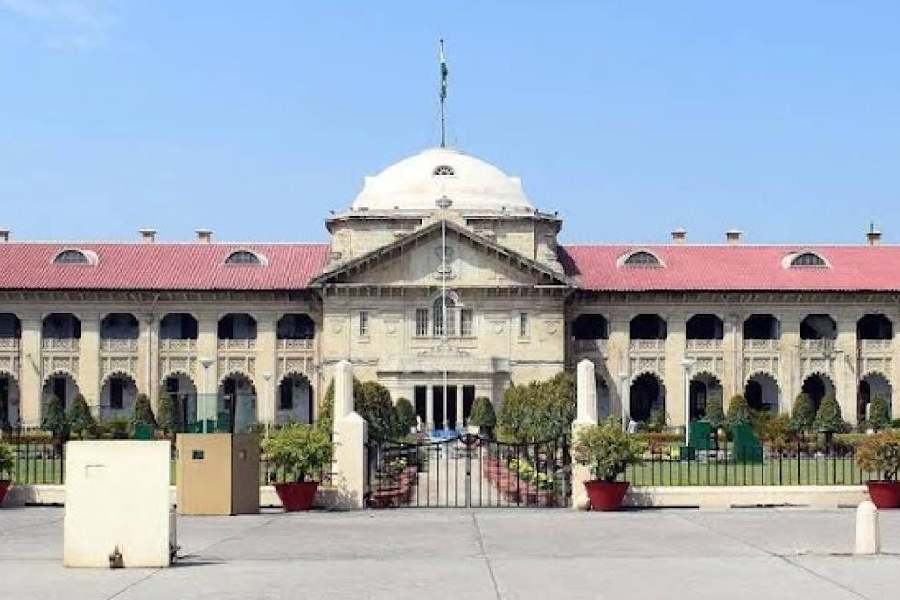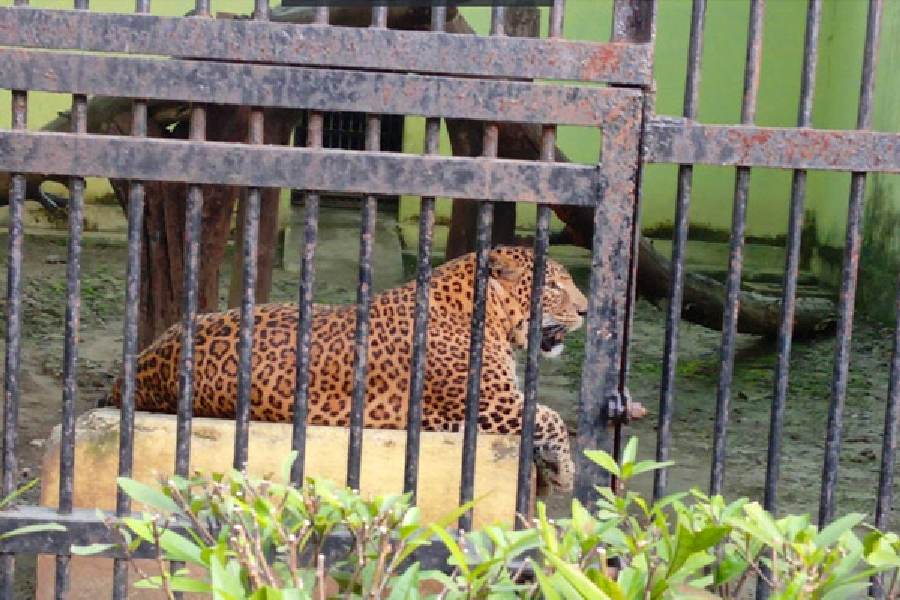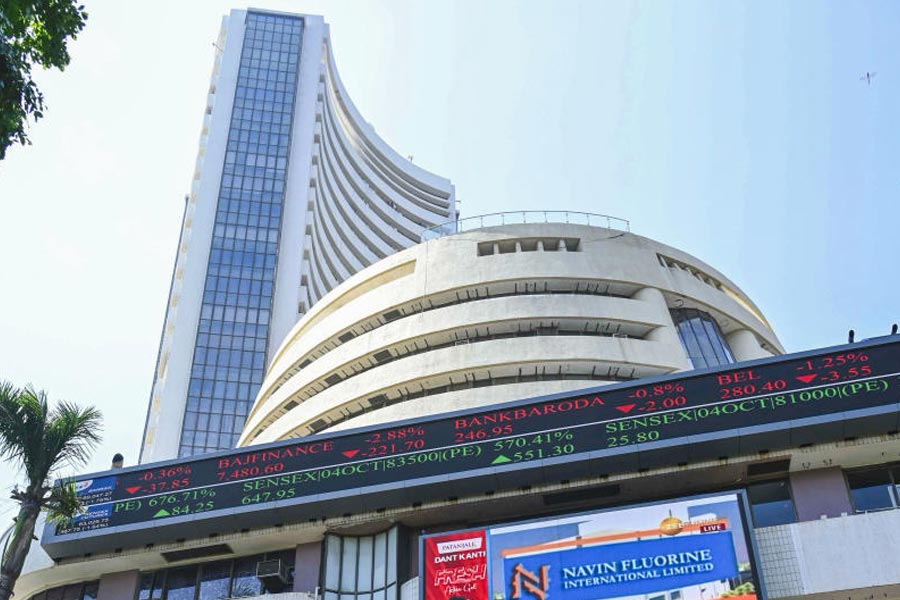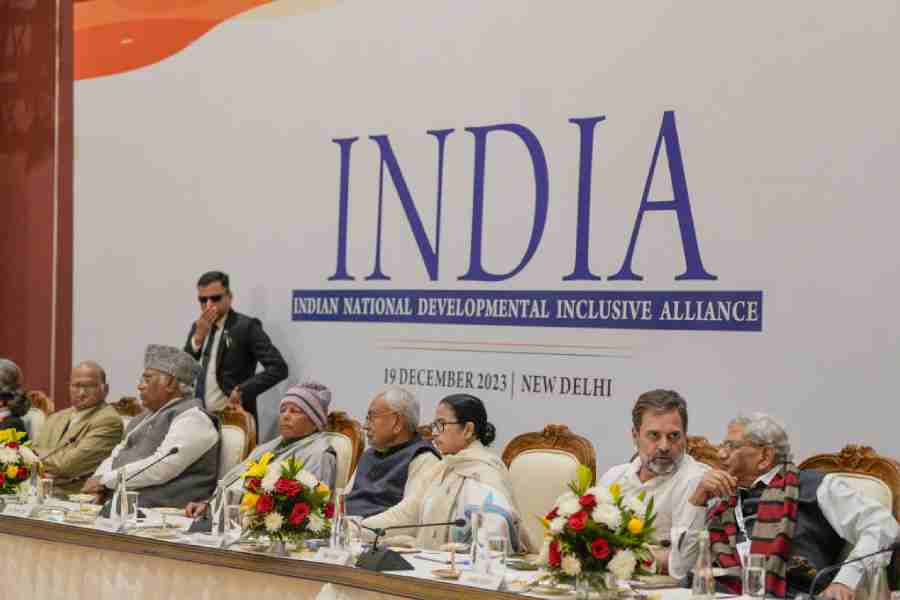An exhibition on the Ramayan was the cynosure of all eyes on the opening day of the 18th Pravasi Bharatiya Divas (PBD) on Wednesday.
The exhibition titled “Vishwaroop Ram: The Universal Legacy of Ramayana” showcases the timeless appeal of the Ramayan which is an inalienable part of India’s cultural legacy.
Highlighting the enduring global influence of the Ramayan on art, culture, and spirituality across the world in a multimedia format through a diverse collection of artefacts from countries inspired by the epic’s timeless narrative, characters, and events the exhibition celebrates the rich tapestry of artistic expressions in India and abroad, inspired by the Ramayan. It contains nearly 150 exhibits — 66 Indian exhibits (paintings, puppets, masks, multimedia displays) and 80 foreign artefacts from about 17 foreign countries.
The foreign exhibits include 16 Ramayan masks, four postcards, a poster and a painting catalogue from Thailand, Ravanhattha, a musical instrument played by Ravan from Sri Lanka (procured by the ICCR), a life-size pinata of Ravan (from Mexico), Ramayan puppets and paintings from Indonesia, 19 postal stamps from Nepal, Canada and New Zealand, Ram and Hanuman idols from Fiji , Ramayan texts in Persian, Arabic, Russian, Chinese, and Mongolian languages, masks and puppets from Cambodia, shadow puppets from Singapore, Ravan headgear from Trinidad & Tobago and books and shadow puppets from Malaysia.
“While Lord Ram and the Ramayan were born in India, they belong to the entire world today. Despite the passage of centuries, they continue to be celebrated in almost every country in the world in one form or another,” said an industrialist from Delhi, Smuti Ranjan Mohapatra.

